Introduction
The lightweight and highly robust characteristics of carbon fiber reinforced plastic (CFRP) have affected huge traction and widespread application in diverse industries from aerospace and automobile fields to sports and leisure markets. However, the complex manufacturing processes and costs of CFRP products that arise from the need for specialized material design and product-specific manufacturing are often difficult to comprehend for people from outside industries.
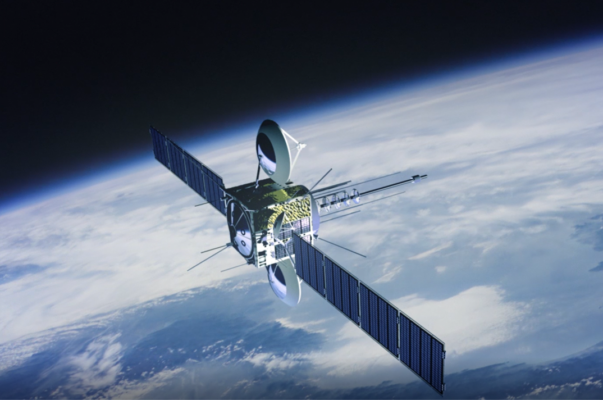
Overview
Unlike metals and other isotropic materials, CFRP can assume different strengths and properties depending on the orientation of the carbon fibers (anisotropic). The distinct characteristics of the carbon fiber, combined with those of the resin used as the matrix, offer incredible design versatility and freedom. Despite such advantages, mainstream use of CFRP is still shadowed by high production costs due to the highly complex design and manufacturing processes involved. In this series (Vol.1 to Vol.4), we will discuss the key costs for prototyping CFRP.
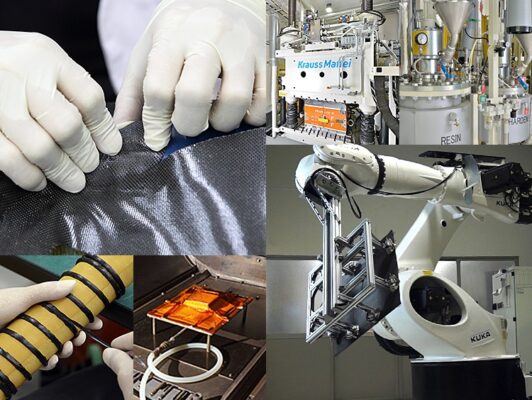
CFRP and Carbon Prototyping
Autoclave Molding Method
First, we will introduce the autoclave molding method commonly used to create CFRP prototypes.
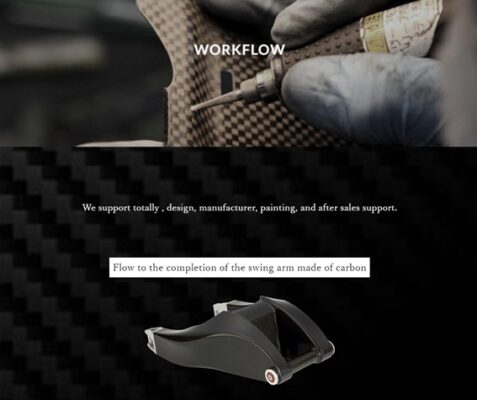
WORK FLOW
First, we will introduce the autoclave molding method commonly used to create CFRP prototypes.
Materials
CFRP molds are fabricated from either gypsum (plaster), metals, or CFRP depending on the final product design and production lot. Gypsum offers superb machinability combined with similar low thermal expansion efficient characteristics to that of CFRP, making it a highly compatible choice. In terms of materials, for autoclave molding we employ carbon fiber sheets pre-impregnated resin, known as a prepreg.

Process
First is the consultation stage. At Uchida, we welcome requests from any stage of product design, including the conceptual or pre-drawing stage. Next, we create a design that will bring the idea from the drawing board to actual production.
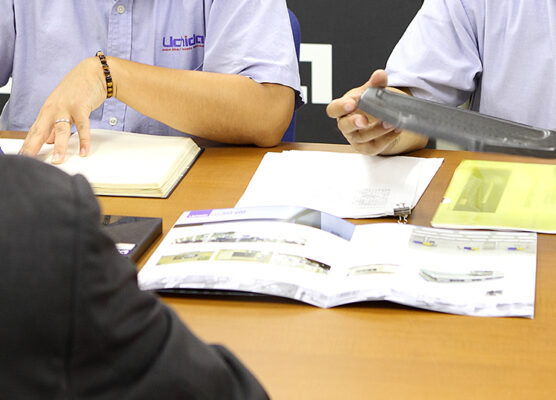
Process Explanation
In this section, we will detail the production process using a plaster mold.
First, is the modeling stage. This stage begins with a 3D model creation of the final product which is then used to fabricate the mold. To accomplish the final structural design of the product, modeling and mold fabrication must comply with the criteria and specifications of the mold and the constraints of the machining center (facility). After the post-processing inspection, the surface of the mold is coated with resin or a mold release agent to prevent the prepreg material from adhering to the mold during the molding stage. * Functions similar to the Teflon coating in a frypan.
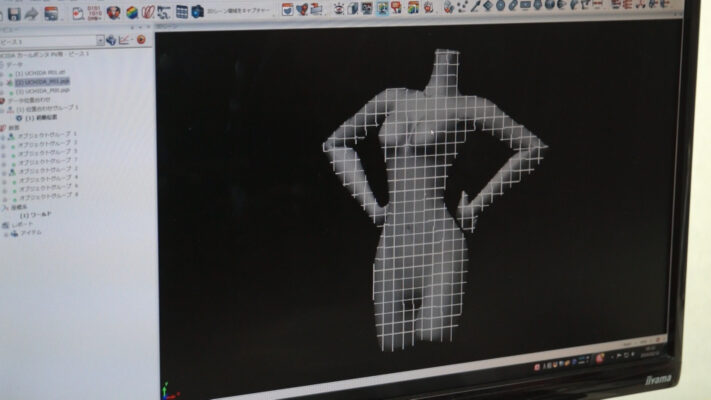
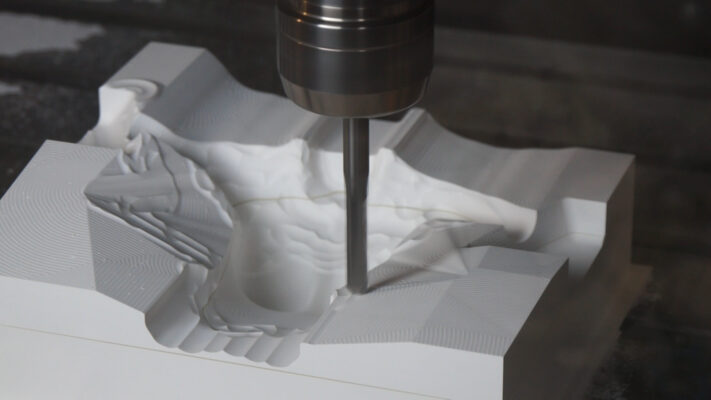
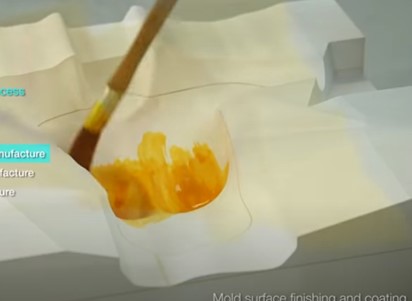
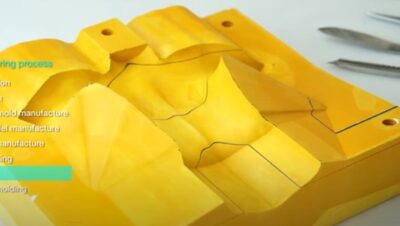
Next, the prepreg is sliced from the roll using cutting data from the product design. Prepregs have a use-by date like food and, while it depends on the manufacturer, usually last for six months to a year in frozen storage. Prepregs that surpass the use-by-date are not covered by the manufacturer’s warranty and therefore discarded.
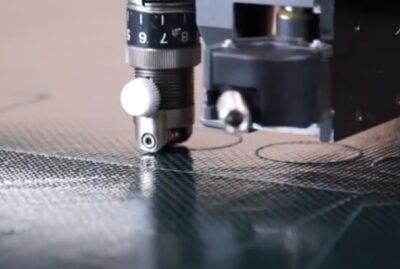

Once cut, the prepregs are laminated in a clean room. Each prepreg is stacked layer-by-layer forming a laminate stack accordant with the fiber orientation and design. The completed laminate stack is then wrapped in a vacuum bag (similar to vacuum-sealed bags used when traveling), in a process known as vacuum-bagging, and placed into the autoclave which molds the product under highly controlled temperatures and pressures.
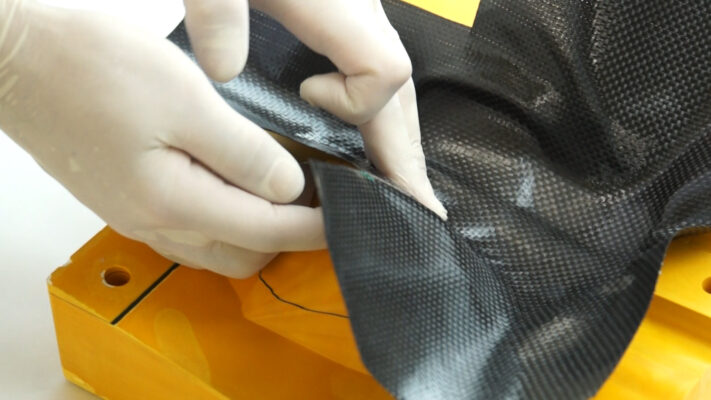
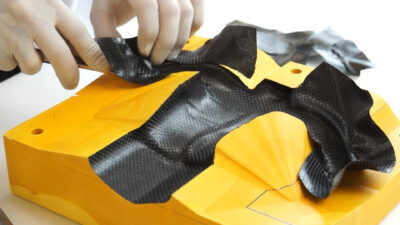
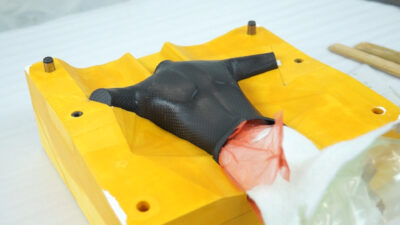
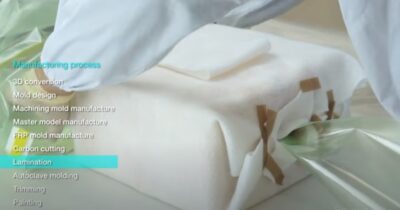
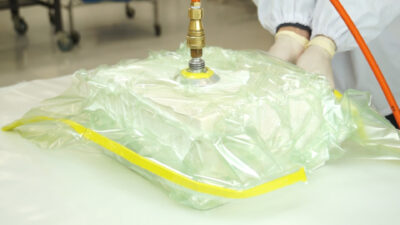
Finally, the cured product is removed from the mold and the final finishing processes, such as trimming and removing excess edges, hole drilling/cut-outs, or adhesive assembly, take place using our machining centers and electric tools.
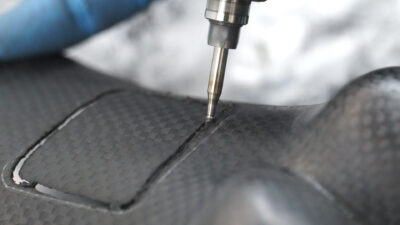
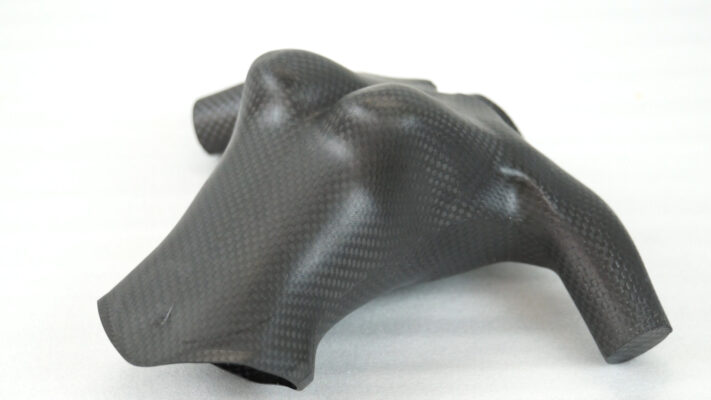
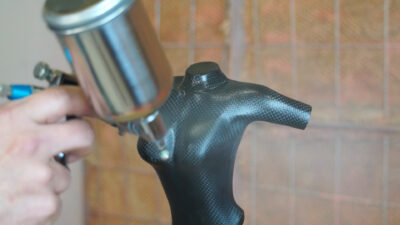
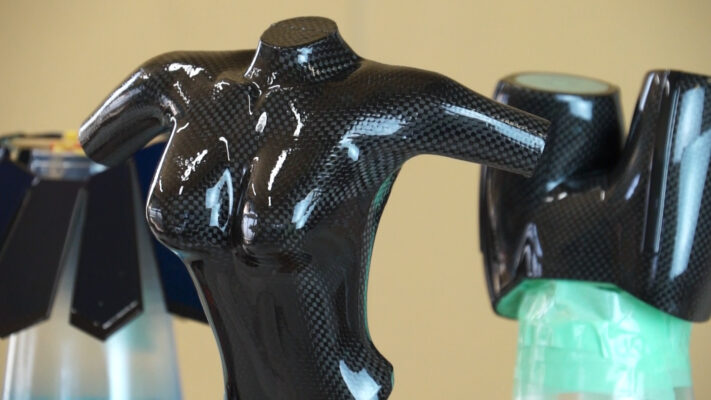

Summary
In Vol.1, we covered the CFRP and carbon prototyping from a manufacturing standpoint. In the upcoming Vol.2 and following, we will delve into the material, labor, and equipment costs alongside lead times and companies that handle CFRP projects.

Related useful contents
You can explore related content by clicking on a topic of interest.
ABOUT UCHIDA - 55 years since our founding
We leverage a wealth of technical expertise as a CFRP molding and processing manufacturer using FRP, GFRP, and CFRP materials. We offer a one-stop solution, encompassing design, analysis, manufacturing, secondary processing, assembly, painting, quality assurance, and testing.
UCHIDA's equipment
We have cutting-edge equipment to ensure that we can address even the most advanced challenges of our customers.
Video Library
In the following video, we provide a detailed overview of our manufacturing process. Please feel free to watch and learn more.

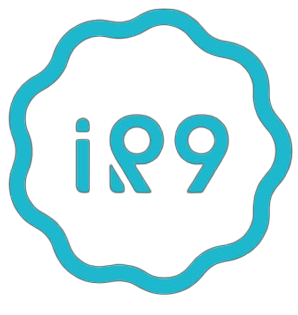
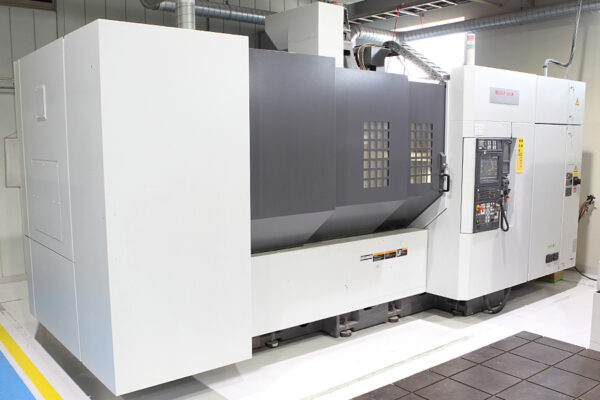
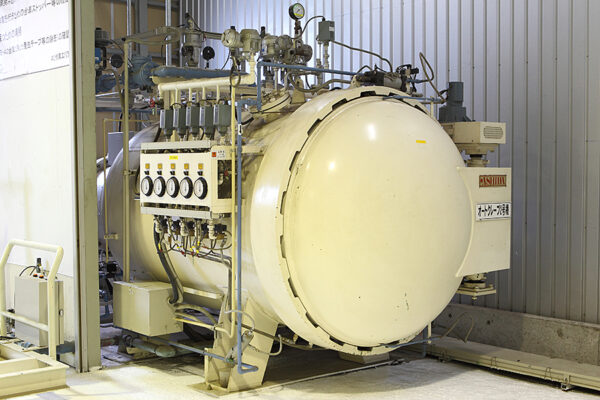
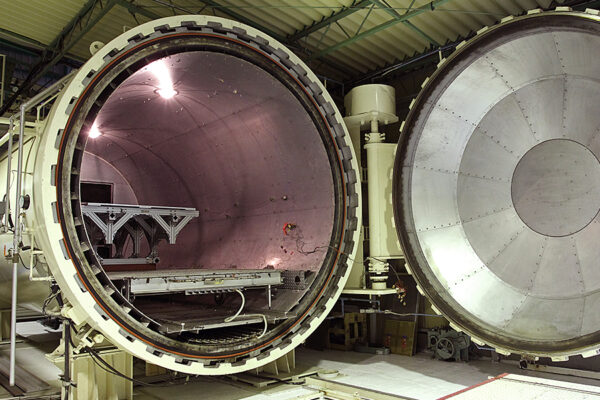
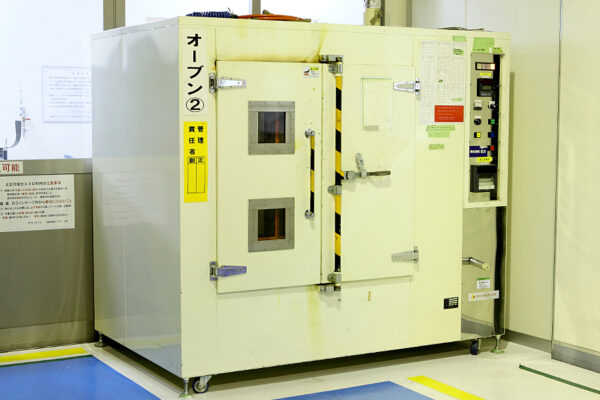
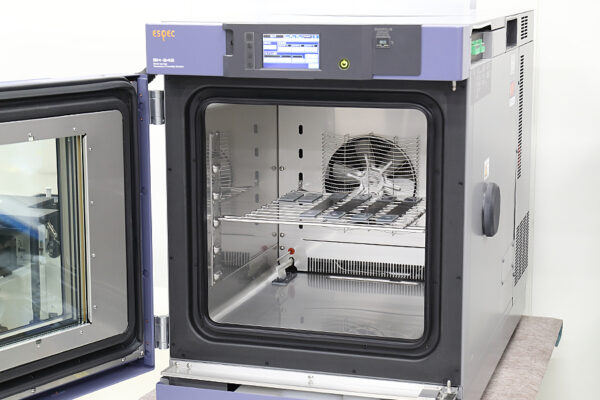
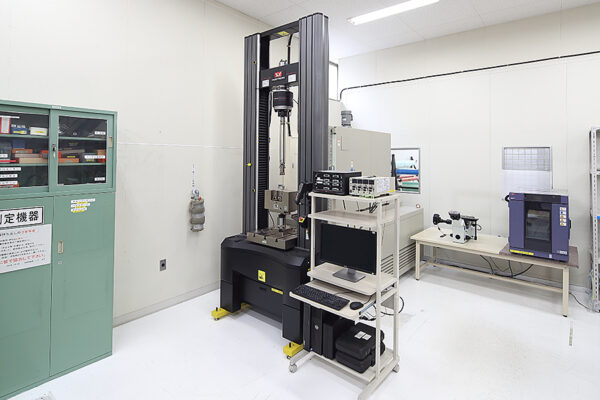
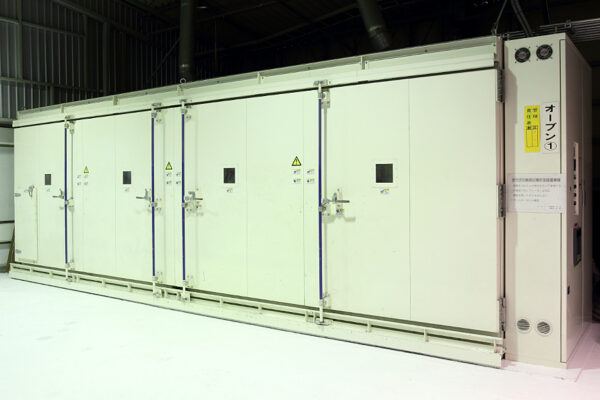
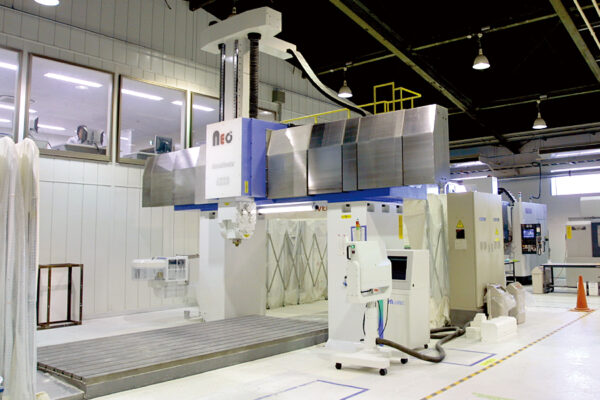
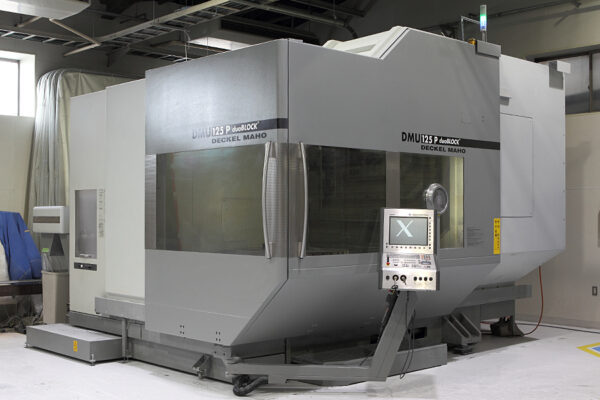
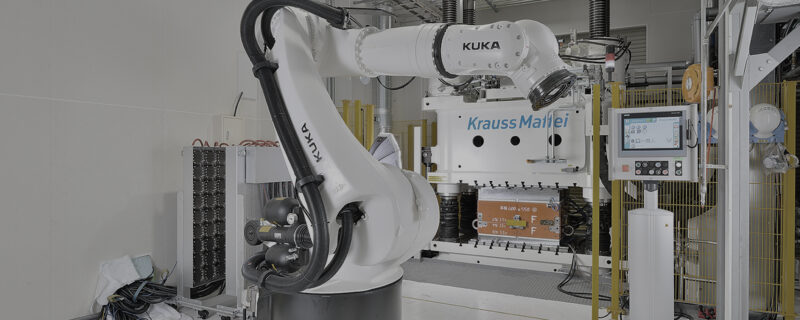
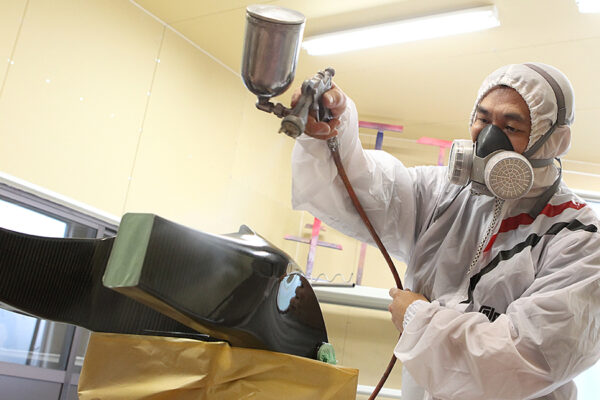
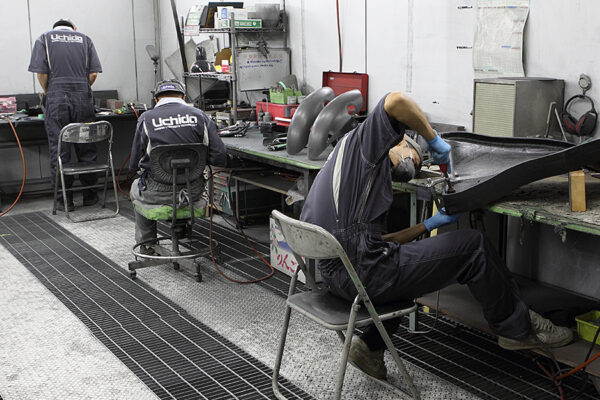
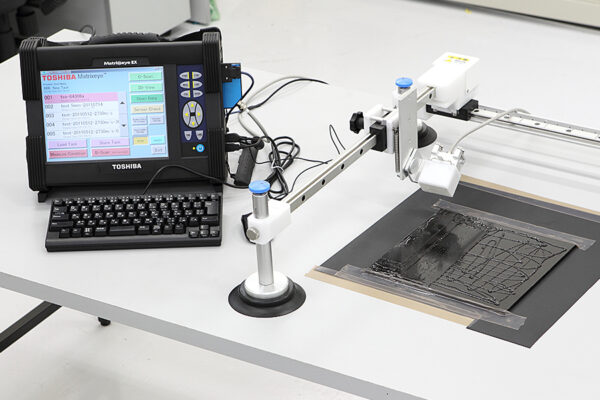
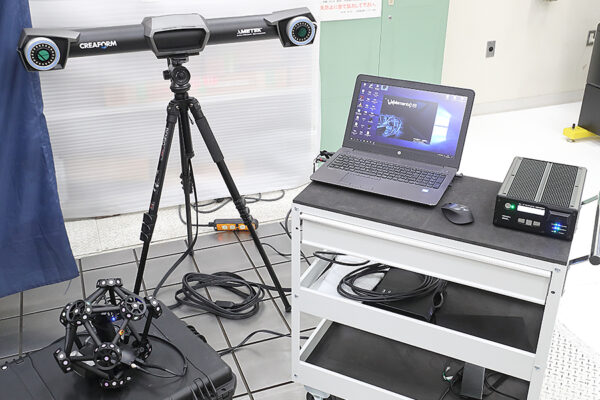
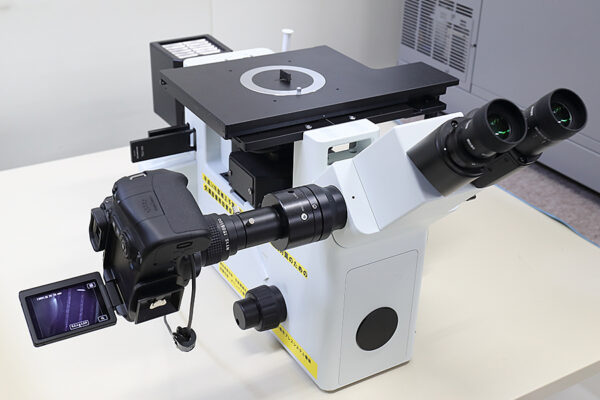
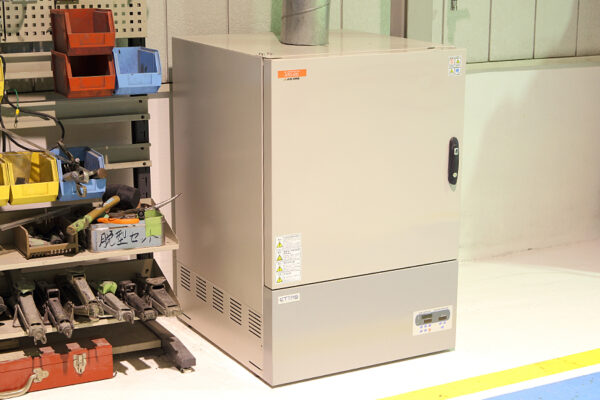
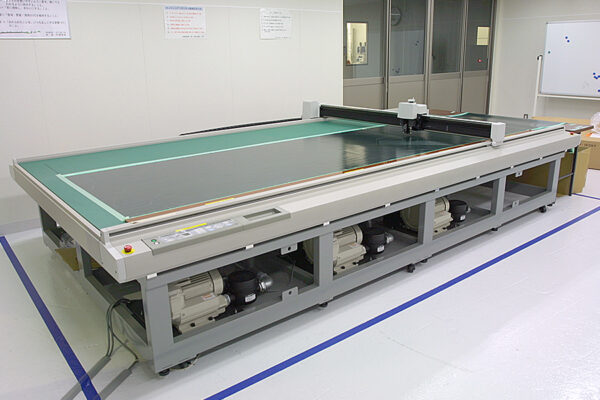
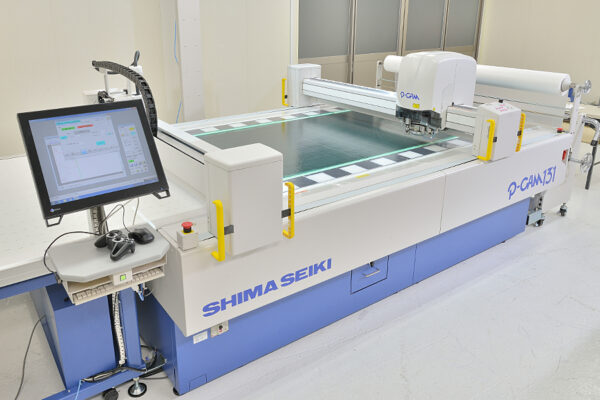
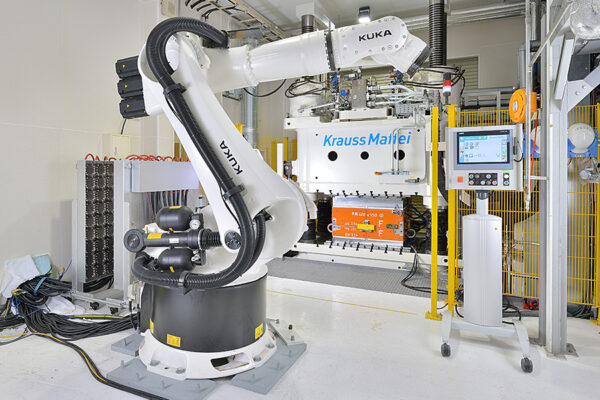
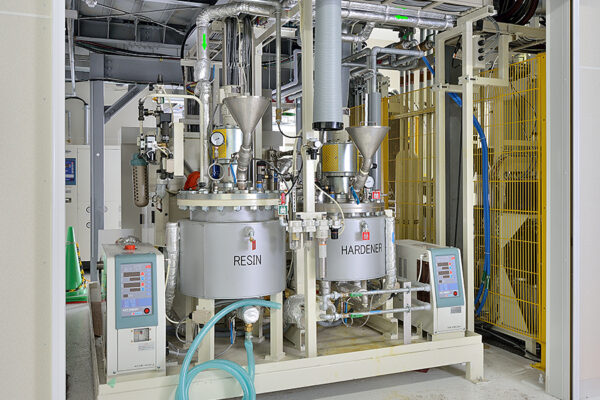
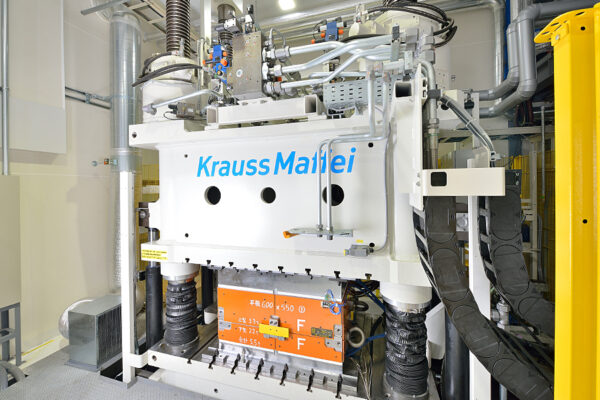
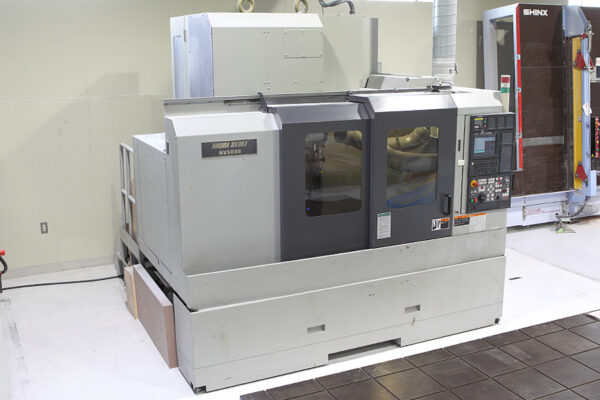
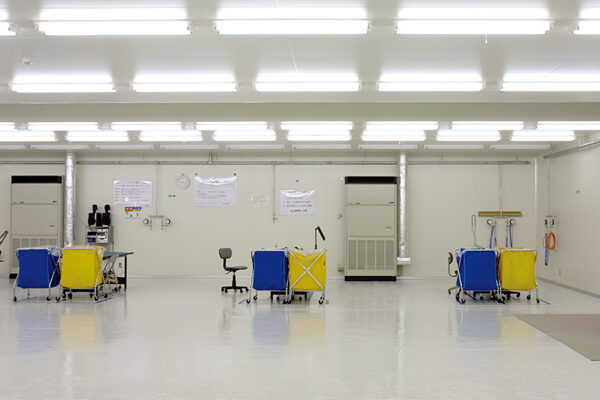
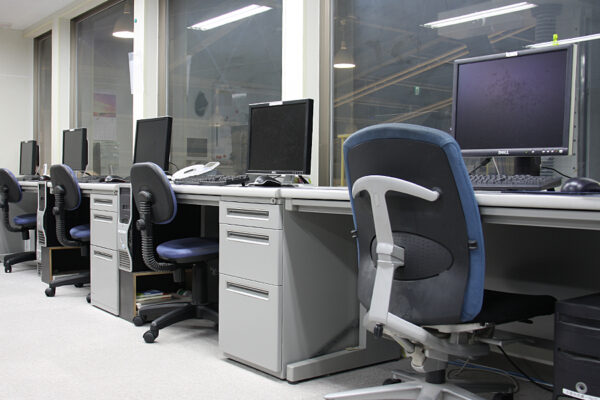
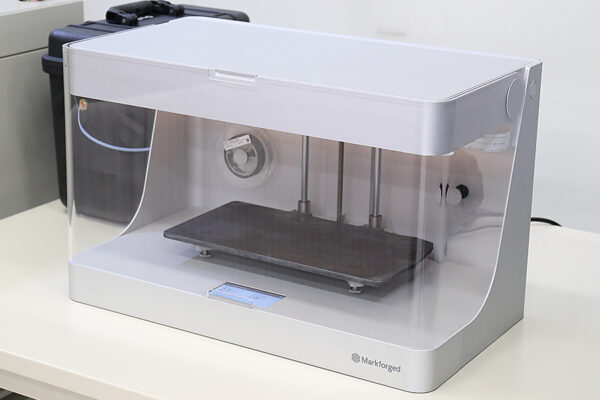
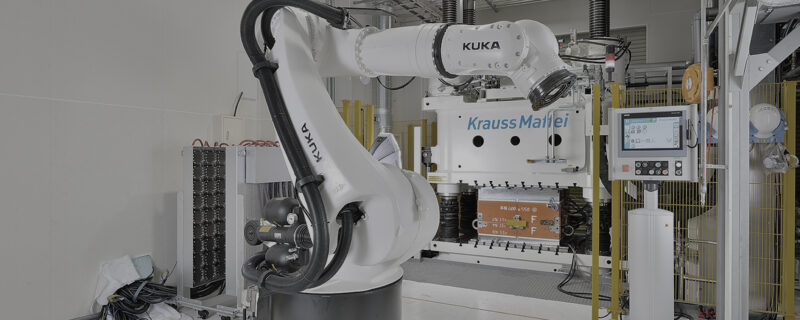
ピンバック: 【コラム】FRP・GFRP・CFRP 切削加工・機械加工 | 株式会社UCHIDA
ピンバック: 【コラム】GFRPとは? | 株式会社UCHIDA
ピンバック: 【コラム】カーボンとは?CFRPとは? | 株式会社UCHIDA
ピンバック: 【コラム】プリプレグ・CFRPプリプレグとは? | 株式会社UCHIDA
ピンバック: 【コラム】ドライカーボン『CFRP』とは? | 株式会社UCHIDA
ピンバック: 【コラム】軽量化手法『FRP・GFRP・CFRP』 | 株式会社UCHIDA
ピンバック: 【コラム】カーボン オートクレーブ温度 | 株式会社UCHIDA
ピンバック: 【コラム】コンポジット・カーボンコンポジットの作り方 | 株式会社UCHIDA
ピンバック: 【コラム】CFRP航空機・宇宙分野へのCFRP適用 | 株式会社UCHIDA
ピンバック: 【コラム】カーボン アート作品・CFRPアート・CFRP芸術作品 | 株式会社UCHIDA
ピンバック: 炭素繊維PAN系とピッチ系の違い『CFRP』【コラム】 | 株式会社UCHIDA
ピンバック: カーボン オートクレーブ温度【コラム】 | 株式会社UCHIDA
ピンバック: 複合材料 メリット デメリット【コラム】 | 株式会社UCHIDA
ピンバック: PCM製法とは? CFRP【コラム】 | 株式会社UCHIDA
ピンバック: 炭素繊維強化プラスチック成形『CFRP』【コラム】 | 株式会社UCHIDA
ピンバック: 複合材・複合材料とは?【コラム】 | 株式会社UCHIDA